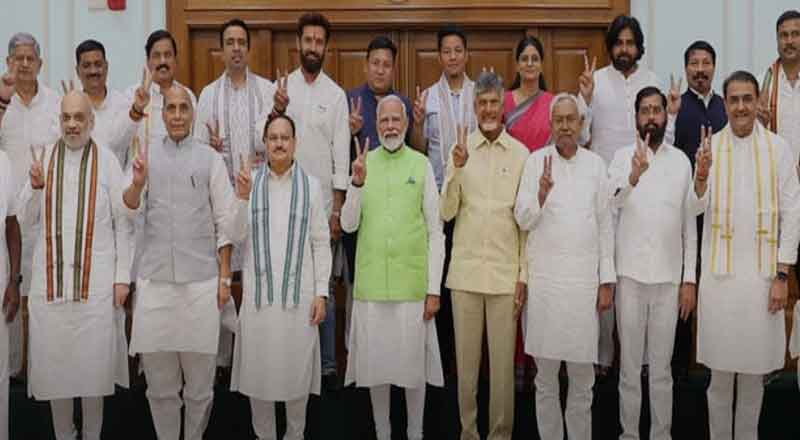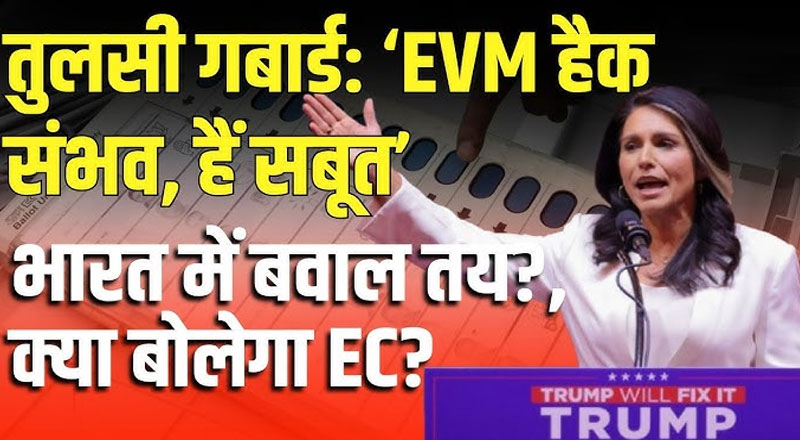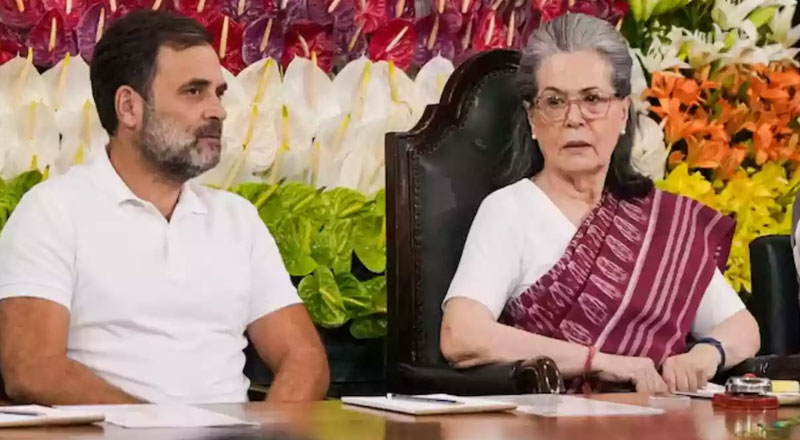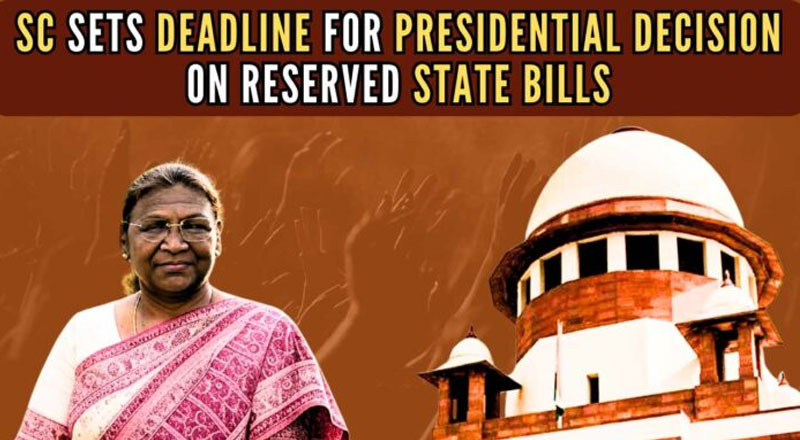- With the BJP poised to form the government once again, its allies within the NDA have intensified their bargaining efforts for significant ministerial portfolios at the Centre.
- Naidu’s TDP has reportedly expressed interest in securing the prestigious Lok Sabha Speaker’s post, underscoring the party’s desire for substantive roles in the upcoming government.
- JDU has signalled its intent to advocate for a Common Minimum Programme and a prominent role in the coordination committee for its implementation.
- Sources suggest that the BJP is reluctant to relinquish control over key ministries, crucial to its infrastructure and welfare agenda.
- The BJP’s steadfast commitment to maintaining momentum in critical sectors like road transport, highways, and railways, as it has been a hallmark of the Modi government’s tenure.
- JDU may be offered roles in Panchayati Raj and Rural Development.
- TDP could assume responsibilities in Civil Aviation and Steel sectors.
In the aftermath of the Lok Sabha election results, where the Bharatiya Janata Party (BJP) fell short of a clear majority, the landscape of power-sharing within the National Democratic Alliance (NDA) has become a focal point of negotiation and deliberation. Here’s a comprehensive overview of the evolving dynamics as the stage is set for the formation of the third Narendra Modi government:
With the BJP poised to form the government once again, its allies within the NDA have intensified their bargaining efforts for significant ministerial portfolios at the Centre. Led by seasoned leaders such as N Chandrabau Naidu’s TDP and Nitish Kumar’s JDU, these allies have emerged as key stakeholders in the power-sharing equation.
Naidu’s TDP has reportedly expressed interest in securing the prestigious Lok Sabha Speaker’s post, underscoring the party’s desire for substantive roles in the upcoming government. Similarly, JDU has signalled its intent to advocate for a Common Minimum Programme and a prominent role in the coordination committee for its implementation, led by Nitish Kumar.
Despite the pressure from allies, sources suggest that the BJP is reluctant to relinquish control over key ministries, particularly those under the Cabinet Committee on Security and portfolios crucial to its infrastructure and welfare agenda. The party aims to retain dominance in areas aligned with its core promises, such as uplifting marginalized communities and driving infrastructure development.
The BJP’s steadfast commitment to maintaining momentum in critical sectors like road transport, highways, and railways underscores its strategic imperative to ensure continuity and avoid disruptions to ongoing reforms. Led by stalwarts like Nitin Gadkari, the infrastructure push has been a hallmark of the Modi government’s tenure, emphasizing the party’s resolve to sustain its developmental agenda.
As negotiations unfold, speculations abound regarding the allocation of ministerial portfolios to NDA allies. While JDU may be offered roles in Panchayati Raj and Rural Development, TDP could assume responsibilities in Civil Aviation and Steel sectors. Additionally, the BJP may consider accommodating ally MPs in Minister of State roles within crucial ministries like Finance and Defence.
The BJP faces the intricate task of striking a delicate balance between accommodating the demands of its allies and safeguarding its own strategic interests. While maintaining cohesion within the coalition is imperative, the party must navigate the complexities of power-sharing without diluting its overarching vision and policy priorities.
As the BJP embarks on the formation of the third Modi government, the intricacies of coalition politics come to the forefront, underscoring the art of negotiation and compromise in the quest for governance. Balancing the aspirations of allies with the BJP’s overarching agenda will define the contours of power-sharing in the Modi 3.0 era, shaping the trajectory of India’s political landscape in the years to come.
(With inputs from agencies)





